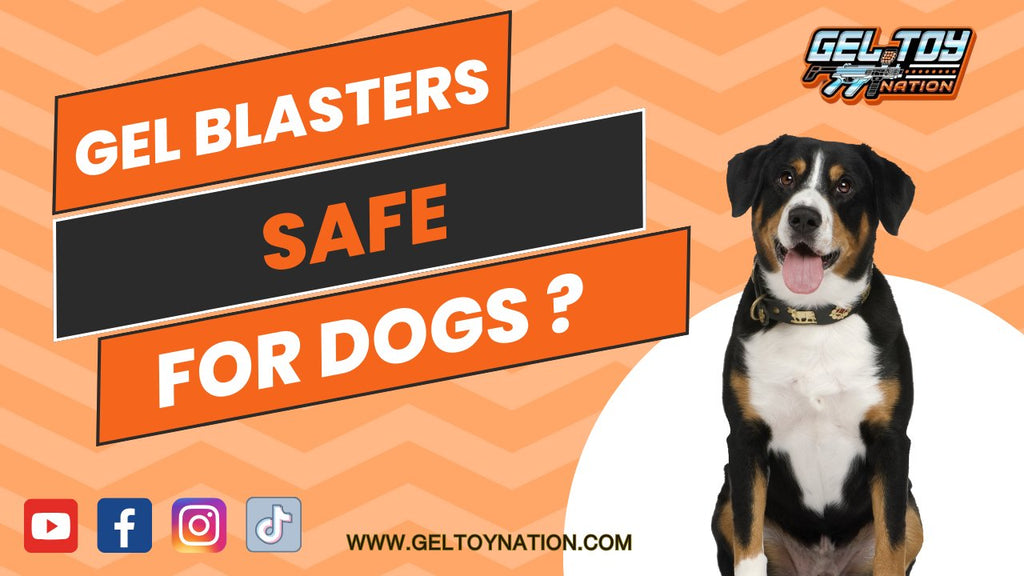Are Gel Blasters Safe for Dogs?
Introduction: As gel blasters gain popularity among enthusiasts of outdoor activities, a common question arises: are gel blasters safe for dogs? At GelToyNation, we understand the importance of pet safety and responsible use of gel blasters. In this blog post, we'll delve into the factors that determine the safety of gel blasters for dogs and provide tips for ensuring a safe and enjoyable experience for both pets and their owners.
Understanding Gel Blasters and Pet Safety
Gel Blasters Overview: Gel blasters, also known as gel guns or gel ball blasters, are recreational devices that shoot small, water-filled gel balls. These gel balls are soft and biodegradable, making them generally safe for use by humans. However, when it comes to pets, particularly dogs, there are additional considerations to take into account.
Potential Risks for Dogs
Ingestion Hazard: One of the primary concerns with gel blasters and dogs is the risk of ingestion. While the gel balls used in gel blasters are non-toxic, ingesting them in large quantities can still pose a choking hazard or lead to gastrointestinal discomfort for dogs. Additionally, some dogs may be attracted to the bright colors of the gel balls and attempt to swallow them, resulting in potential health issues.
Impact on Behavior: The loud sound and sudden movement of gel blasters may also startle or distress dogs, particularly those with noise sensitivity or anxiety issues. This can lead to behavioral problems or fear-related reactions in dogs, affecting their overall well-being and comfort.
Tips for Ensuring Pet Safety
Supervision and Control: When using gel blasters in outdoor settings where dogs are present, it's essential to supervise pets closely and maintain control over the situation. Keep dogs on a leash or within a fenced area to prevent them from coming into contact with gel balls or getting too close to the action.
Storage and Disposal: Store gel blasters and gel balls securely in a location inaccessible to dogs when not in use. Dispose of spent gel balls properly to prevent dogs from accidentally ingesting them or playing with them as chew toys.
Training and Desensitization: If dogs are exposed to gel blasters regularly, consider implementing training and desensitization techniques to help them become accustomed to the sights and sounds associated with gel blasting activities. Gradually introduce dogs to the sounds and movements of gel blasters in a controlled environment, using positive reinforcement to reinforce calm and relaxed behavior.
Conclusion
In conclusion, while gel blasters can be a source of entertainment and enjoyment for humans, it's essential to consider the safety and well-being of our canine companions. By understanding the potential risks associated with gel blasters and taking proactive measures to ensure pet safety, owners can enjoy gel blasting activities responsibly while keeping their dogs out of harm's way. At www.geltoyntion.com , we advocate for responsible gel blaster use and encourage pet owners to prioritize their pets' safety at all times. For more information on gel blasters and pet safety, visit our website today.


Comments (0)